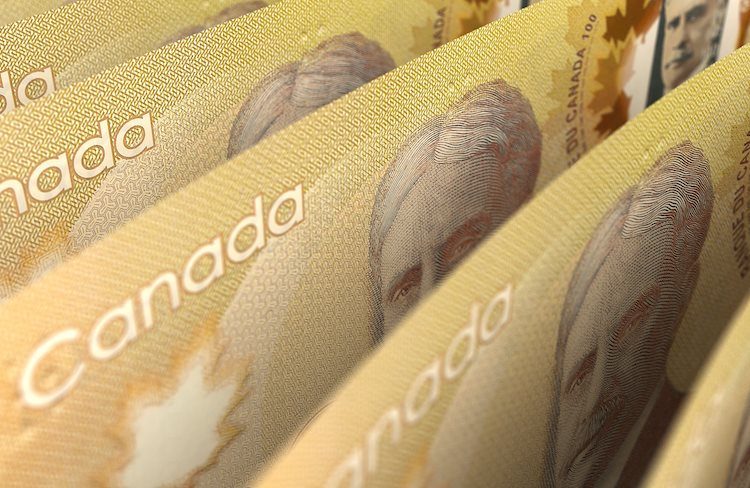The Canadian Dollar (CAD) saw a third consecutive day of gains against the US Dollar on Thursday as both countries were absent from the economic calendar. With US markets closed for the Independence Day holiday, a lull settled over the markets, giving traders a breather ahead of Friday’s US Nonfarm Payrolls (NFP) jobs data release. The lack of significant data on Thursday left the CAD and USD adrift, with market focus shifting to the upcoming volatile capstone on Friday.
Friday’s agenda includes June’s Canadian Net Change in Employment expected to ease to 22.5K from the previous 26.7K, and the Unemployment Rate forecasted to tick higher to 6.3% from 6.2%. In addition, the Annualized Canadian Average Hourly Wages for the year ended in June will be published, with Canadian wages growing by 5.2% YoY. The US NFP net job gains are forecasted to ease to 190K in June from the previous 272K, along with a moderation in US Average Hourly Earnings, expected to tick down to 0.3% MoM in June.
Technical analysis shows that the Canadian Dollar clawed back further ground against the Greenback on Thursday, gaining around one-fifth of one percent. The USD/CAD pair is grinding lower towards the 1.3600 handle, with a clean downside break setting up the pair for a renewed challenge of the 200-day Exponential Moving Average at 1.3588. Daily candles have gathered bearish pressure from a supply zone above 1.2750, squeezing USD/CAD bids into a high-pressure zone just above long-term moving averages.
Key factors driving the Canadian Dollar include the Bank of Canada’s interest rates, Oil prices (Canada’s largest export), the country’s economy, inflation, and Trade Balance. The BoC plays a significant role in influencing the CAD through interest rate adjustments to maintain inflation at 1-3%. The price of Oil impacts CAD as higher Oil prices increase demand for the currency. Inflation, traditionally seen as negative, can attract capital inflows and strengthen the CAD. Macroeconomic data releases like GDP, employment, and consumer sentiment surveys also influence the direction of the CAD, with a strong economy benefiting the currency.
In conclusion, the Canadian Dollar saw gains against the USD as both countries remained absent from the economic calendar on Thursday. With US markets closed for the holiday, market focus shifted to Friday’s data releases, including the Canadian Net Change in Employment and US NFP numbers. The technical analysis showed the CAD clawing back ground from the Greenback, with the USD/CAD pair heading towards the 1.3600 handle. Key drivers of the Canadian Dollar include the Bank of Canada’s interest rates, Oil prices, the country’s economy, inflation, and trade balance. Macroeconomic data releases also play a significant role in influencing the CAD’s direction.











